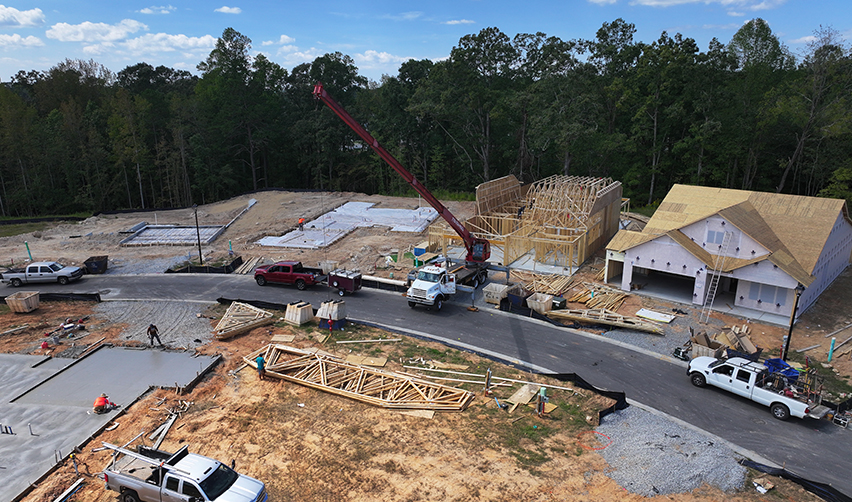At EB5AN, we believe that more transparency is better for EB-5 investors. If you are looking for an EB-5 project to invest in, you should have all the information you need to make an informed choice. We are proud of our record of increasing transparency in the EB-5 market.
Once again, EB5AN is leading the industry in project transparency by publishing monthly job creation reports for our Twin Lakes Georgia rural TEA project.
Recent job reports can be found by following the links below:
In this article, we briefly explain why job creation is important. We then summarize the way EB-5 jobs are calculated for many EB-5 projects, including Twin Lakes. Finally, we discuss the value of publishing up-to-date job creation numbers.
Why Job Creation Is Important
How EB-5 Job Creation Is Calculated
The Value of Having Up-to-Date Job Creation Numbers
Why Job Creation Is Important
The primary aim of the EB-5 program is to grow the U.S. economy through foreign investment. The way this economic growth is measured is through job creation. Each EB-5 investor is, therefore, required to create 10 new, permanent, full-time jobs through his or her investment.
When an EB-5 investor’s initial immigrant petition is approved, he or she receives a temporary Green Card. For this Green Card to become permanent, the investor must meet the job creation requirement. If the investor cannot prove sufficient job creation when filing Form I-829, he or she will be unable to obtain a permanent Green Card.
How EB-5 Job Creation Is Calculated
Job creation can be measured directly by counting actual job positions. Most of the time, however, EB-5 job creation is measured indirectly using economic modeling.
To measure jobs indirectly, an economist uses economic multipliers, such as RIMS II multipliers, to calculate how many jobs are created based on how much money is spent by the project. Different industry activities have their own multipliers. This means that money spent in one industry may create more or fewer jobs than the same amount of money spent in another industry.
Following are examples of some common industries affected by EB-5 projects:
- Residential building construction
- Nonresidential building construction
- Furniture & home furnishings merchant wholesalers
- Architectural, engineering, & related services
- Legal services
- Real estate
- Traveler accommodation
Early in project development, job creation is calculated using budgeted expenses. These job creation numbers are estimates and are subject to change. So if the budget changes, so does job creation. And if less money is spent, fewer jobs are created.
During development, however, job creation can be calculated from actual spending. Since these job numbers can point to real money spent by the project, they should be accepted by USCIS.
The Value of Having Up-to-Date Job Creation Numbers
Up-to-date job creation numbers provide transparency on this key aspect of EB-5 investment. With updated numbers based on actual spending, EB-5 investors are able to see how many jobs the project has actually created. This gives investors insight into the current status of the project. As job creation progresses, EB-5 investors are able to have greater confidence that the project will create enough jobs for them to get their permanent Green Cards.
Updated job creation numbers also benefit foreign nationals considering EB-5 projects. With access to actual job creation figures, a potential EB-5 investor can better assess how safe a project is. Since successful immigration is tied directly to job creation, the number of actual jobs already created by the project offers a clear indicator of immigration risk.
For example, if few jobs have been created and job numbers are not rising steadily, the project may be riskier. But if all of the jobs needed for all EB-5 investors are already created—as is the case for Twin Lakes Georgia—the project has very low immigration risk.
For more information on EB-5 investor safety, job creation, and our EB-5 projects, schedule a one-on-one call today. We would be happy to help in any way we can.












